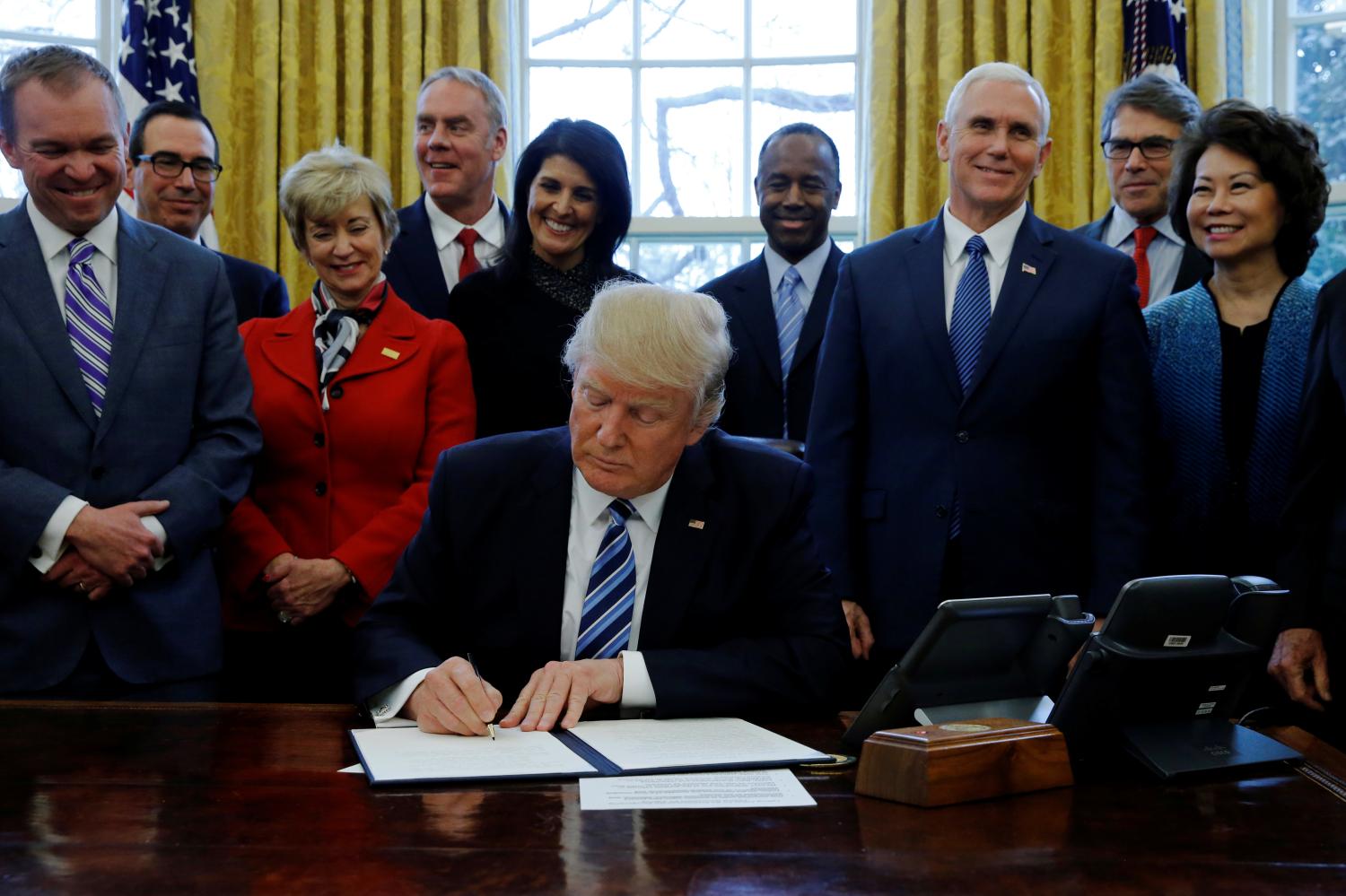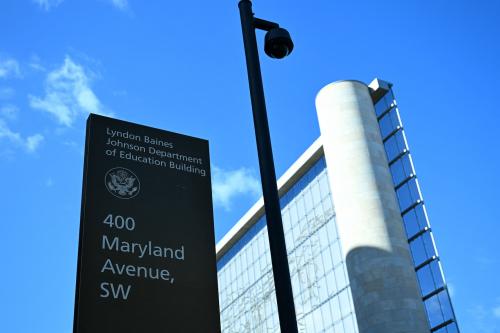Executive Summary
The Republican Party’s center of gravity has shifted to the right in recent decades. And notwithstanding the “post-partisan” style of President Obama, the Democratic Party has sidled leftward. Among most objective analysts of American politics, there is not much dispute about these trends. They are well documented in a comprehensive study titled Red and Blue Nation? co-published by Brookings and the Hoover Institution at Stanford University.
On the substance of the issues, if not the demeanor of the presidential candidates, last fall’s election plainly reflected the polarized parties—contrary to an impression, or hope, held out by numerous commentators. As several of the Brookings-Hoover scholars quickly noticed, the respective party platforms, for example, had actually drawn farther apart in key respects.
Consider the Republican plank on immigration, which not only stepped conspicuously away from the Democrats in 2008 but from the GOP’s own consensus in 2004. Whereas that earlier platform had stressed “humane” reform of the nation’s dysfunctional immigration system, the emphasis in 2008 was on the “grave risk” posed by illegal immigrants, and the need for federal legislation to bar them from obtaining such things as driver licenses.
The Democrats of 2008, if anything, repositioned themselves on even more fronts. In 2004, the party had vowed to “win the peace in Iraq.” Four years later, that pledge had given way to insistence on a rapid timetable for “ending this war.” On trade, the Democrats now spoke not of “open markets” (the 2000 plank) but of amending NAFTA. With respect to health care, “covering all” was elevated to a “moral imperative.” Such stances were all well to the left of where the party had stood in the previous two presidential elections.
The contents of platforms are but partial indicators of partisan positioning, of course, which is a multi-dimensional, dynamic process. Depending on the circumstances, political parties may gravitate toward their bases, or, in due course, drift away from them. Either party, or both, could retreat or depart from the markers they’ve laid down so far. A lot of factors influence such adjustments, not least the perceived success or failure of policies championed by the party in power, and the receptivity of the general electorate.
Which way does the American public lean—left or right—on the dominant questions of public policy these days? The following essay takes a look at public attitudes within five domains: the economic crisis, health care, the environment, immigration, and foreign affairs. Judging from recent surveys, Americans appear to have tilted toward the Democrats on some matters but not others. Indeed, the data would appear to counsel caution for Democratic policymakers eager to press too radical a progressive agenda. Much of the public remains divided or doubtful about the capacity of government to meet the nation’s greatest challenges. In this climate, tolerance for new policy excesses and misadventures, or even mere underperformance, may prove quite limited. The governing party, in other words, is operating with precious little margin for error.
The Brookings Institution is committed to quality, independence, and impact.
We are supported by a diverse array of funders. In line with our values and policies, each Brookings publication represents the sole views of its author(s).




